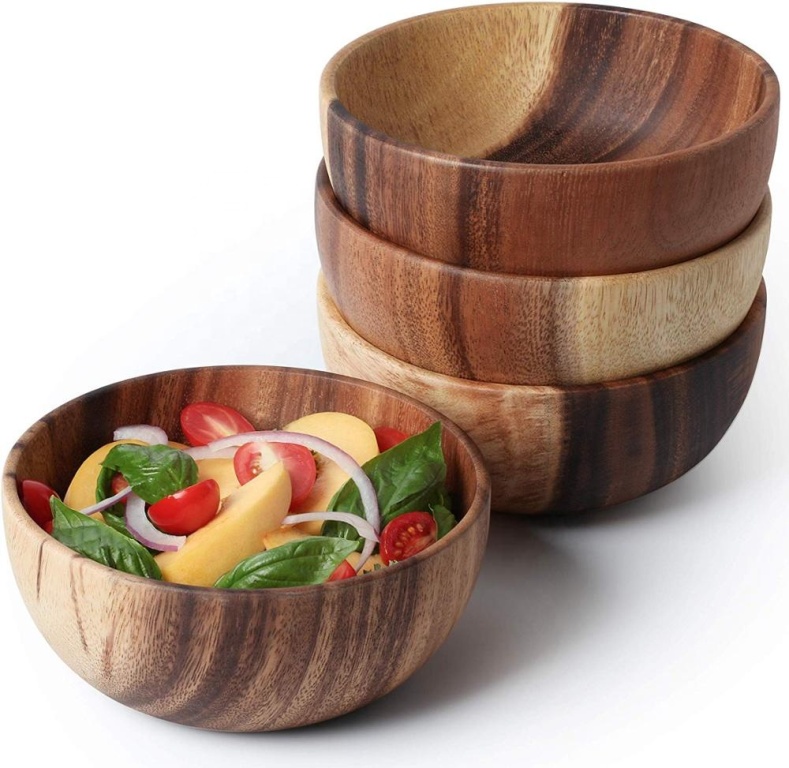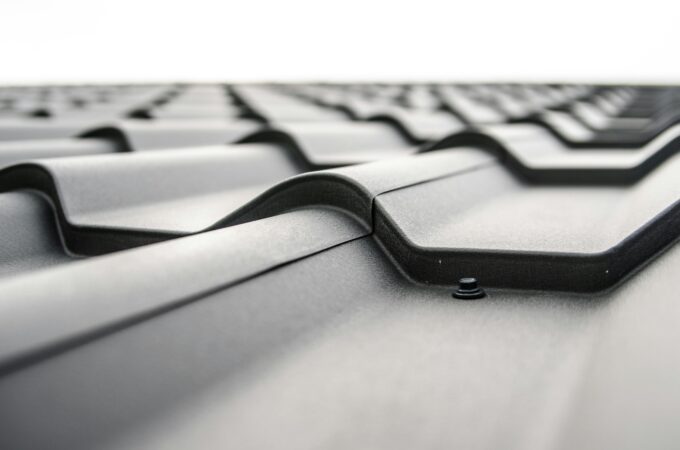
10 Woodturning Tips and Tricks for Wood Bowls
Sometimes you’ve got to give it to human beings to have incredible skills over other species which are just as intriguing. Woodturning is one of the amazing skills to learn and it only involves wood and a lathe. All you need to do is spin the wood on the lathe and you’d have created something that’s awesome and unique.
Before knowing all about woodturning tips and tricks, you need to choose a perfect wood lathe, and that’s where Cozy Down Home, https://www.cozydownhome.com/best-wood-lathe, comes in. They help you choose the best of the best, hence getting amazing results.
Already have a wood lathe? That’s ok. Here’s some tips and tricks to use. Here is a guide to choose wood for making carving bowls.
First Things First: Ensure Your Safety!
Woodworking is a fun learning experience as long as you stick with the safety rules. Before starting your work, make sure that you’re using the right woodworking tools, equipment, and gear.
Ideally, you should wear safety goggles or face shield to keep wood chips and dust from irritating your eyes. If you’ll work with a significant level and frequency of noise, you can also wear hearing protection. If blades are present, always wear a pair of thick gloves made of canvas, leather, or metal mesh.
An air filtration system meant for woodworking is also recommended, especially if you plan to pursue woodworking as your hobby. An air filter helps eliminate wood dust and particles.
Furthermore, take note of the following woodworking safety tips:
- Disconnect electricity from your power tools every time you swap blades.
- Make sure that your blades and bits are sharp and ready for action.
- If you’ll repurpose wood, check for any sharp nails and other fasteners.
- Always work against the cutter.
- Eliminate any form of distraction in your workplace.
Now that you’re ready, here are the top woodturning tips and tricks for making wooden bowls:
Weigh in
Instead of using hand and arm motions, why don’t you try leaning in or shift your body weight while turning. This makes the cuts smooth and continuous, regardless if you are working on the exterior or interior parts of the wood bowl.

Let your body weight play the important role it ought to when turning your wood bowl. Don’t get too technical with turning your wood and allow your body’s weight to do the work.
Tick your tenon centre with a spindle gouge
One of the challenges that tend to pop up while trying to turn off the tenon, is centering and realigning the wood bowl. A solution for this is to develop a habit of using a spindle gouge to make a small dented tick, once the tenon is complete.
This makes it easy, as it aids the live tailstock centre in re-finding the bowl tenon centre.
Mark dividers on your workbench
Another tip is to use dividers.The dividers marked on the bench to fit different tenon sizes will definitely help you as you won’t have to keep on measuring the jaws each time a tenon is marked as the size is now consistent.
Just a quick note, the dividers run from left to right and the markings start from small all the way to large.
Wet your green wood bowl
How satisfying is it to turn a green wood bowl to make it your own masterpiece?As satisfying as it is, it also has its drawbacks where it dries quickly causing it to gain heat from friction hence cracking.
To solve this, spray water frequently to slow down the drying process.
Take note of where you watch
Careful where you look, things don’t always happen where you think they are.While turning a bowl, you should know where the real shape of it is forming. So instead of looking towards the cutting tool location, you should look at the bowls’ top profile. This way you are able to see and make different adjustments to fit your desired preference.
Pry off as much as possible
In cases where a blank piece of wood still has its bark attached, it’s advisable to pry it off manually with a screwdriver. This is instead of letting it fly off after you put it on a lathe, reducing all potential risks.

Ooh and this is only relevant if you’re not planning to use the bark as an edge piece.
Keep a marker
Keeping one at your sharpening station will help you colour the bevel before you sharpen the bowl gouge.
As you know, the goal of sharpening the bowl gouge is to restore its sharp edge, rather than reshape it. So one slip up and the structure changes ruining your marvelous creation.
Prevent this and please use a marker.
Make light adjustments
The essence of a lathe light is usually to help in illumination while turning thus being able to see specific details. As the side light helps in identifying high and low spots, it is also important to realise that moving it to shine across the bowl will help you see everything that needs to be addressed.
The centre material
When dealing with a bowl with thin walls, you should leave the centre material for as long as you can as it provides stability when the piece keeps turning. After completing the top rim, you can move towards the bowls’ interior then slowly remove the centre material as you go to the bottom of the bowl.
Note that you shouldn’t go back up as the piece is probably vibrating due to lack of stability.
Tenon structure

Lastly, knowing the structure of the tenon and how it should be placed, helps a whole lot. Here’s what you should know:
- The tenon should not touch the chucks’ bottom when seated.
- Check the dovetail angle and make sure it fits.
- The tenon shoulder is flat to smoothly receive the chucks’ top edges with no gaps.
Conclusion
Regardless of being a beginner or an expert at woodworking, these tips should help you achieve ultimate awesomeness. One more pro tip, safety first so be careful.




